Sometimes the hardest part of writing is the writing, sometimes it’s about finding the time. As I’m not working full time, I have the time, but couple that with living in a rural area with a library which seems unable to ever get anything on inter-library loan, it’s often getting research material. There are, of course, some great online resources which I use extensively, Corpus of Electronic Text (CELT), Celtic Digital Initiative, Archive.org and JSTOR (which now allows for some access to those of us far from university libraries for example. But books still under copyright tend to be a bit pricey.
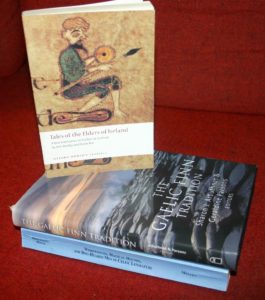 So taking Maya St.Clair’s, who blogs as Irish Thoughts and Musings, reviews books at Celtic Scholar’s Reviews and Opinions, is a cohort at Air n-Aithesc (and really does most of the work) and runs ÁRCHÚ -Anti-Racist Celts and Heathens Unite FB page, advice I put up both a “tip jar” (aka PayPal) and an Amazon.com wishlist link on the side bar here. You know, in case anyone who reads this blog and website or my other writing that I don’t get paid for wants to let me know they found value in it.
So taking Maya St.Clair’s, who blogs as Irish Thoughts and Musings, reviews books at Celtic Scholar’s Reviews and Opinions, is a cohort at Air n-Aithesc (and really does most of the work) and runs ÁRCHÚ -Anti-Racist Celts and Heathens Unite FB page, advice I put up both a “tip jar” (aka PayPal) and an Amazon.com wishlist link on the side bar here. You know, in case anyone who reads this blog and website or my other writing that I don’t get paid for wants to let me know they found value in it.
And then Maya promptly bought me a copy of The Gaelic Finn Tradition edited by Sharon J. Arbuthnot and Geraldine Parsons, which I felt was likely vital even before reading Maya’s review in AnA. I have only read a few of the essays, starting with McCone’s and Nagy’s, naturally, but feel it is, indeed very useful. It does make me wonder what happened to the proposed updating of Nagy’s Wisdom of the Outlaw and McCone’s upcoming book that he refers to, The Romulus Syndrome.
John M.E. Machate of Trials of a Féinnid was kind enough to make a donation as well, which enabled me to finally get a copy of Phillip Bernhardt-House’s Werewolves, Magical Hounds and Dog-Headed Men in Celtic Literature: A Typological Study of Shape-Shifting which I felt was mandatory for Teh Project and wish I had had for “Going in Wolf-Shape” in the first AnA. It should allow me to punch up a future AnA piece, however. For personal reason around this, I used the rest to make a small donation to a horse rescue.
Domi O’Brien of Grove of the Golden Leaves, DANA, who already keeps me well stocked in fiction which I will be passing on or donating for fundraising, gifted me in triplicate, which is in keeping. She gave me a Kindle (hence it’s not in the photo…and no, I haven’ succumbed to buying a device but instead have it on my PC) of An Introduction to Early Irish Literature by Muireann Ní Bhrolcháin which I wanted to check out as a possible background reference and because I’m wanting to update my general reading list a bit, having realized that much of it dates back to my college days 20+ years ago and some was old then. Again, Maya’s review a couple of years ago made me interested. So, no not everything I might list will be specific to the topic of Teh Project. I am finding it quite well puttogether, even if she considered Nemain one of the Morrígna, which simply is not borne out by the literature…related, yes, one of, no…one of the Badba, kind of…because it’s all tricky like that. She makes up for this in her section on the Fenian matter, by referencing the work Nagy and McCone have done relating these stories to canines and actual warbands, which is still rare to find.
Domi also gave me enough money to renew on of my URLs which I had been debating whether I would or not (but many still link to it….I might not renew it next year so if you use cyberpict.net to link to my website, it’s now dunsgathan.net and the older one resolves into it) as well as buy Anne Dooley and Harry Roe’s Tales of the Elders of Ireland: A New Translation of Acallam na Senórach as the AnS is rather vital to my work and this is considered an excellent translation. I have yet to delve in, however.
So, thank you, Maya, John and Domi! I hope you are going to appreciate the work you have helped move on. ~:) And, yes, I am working on it all.
I should also note that there have been many people who have helped me get articles that I could not otherwise get. I have not had a chance, however, to make sure they were all okay with me mentioning their names here…I will, however, at some point thank those who do agree publicly.

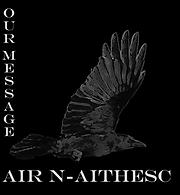
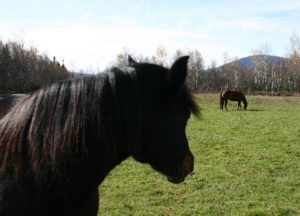

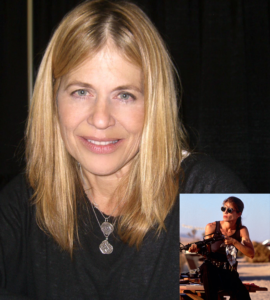
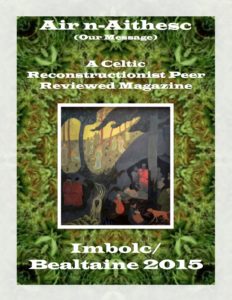
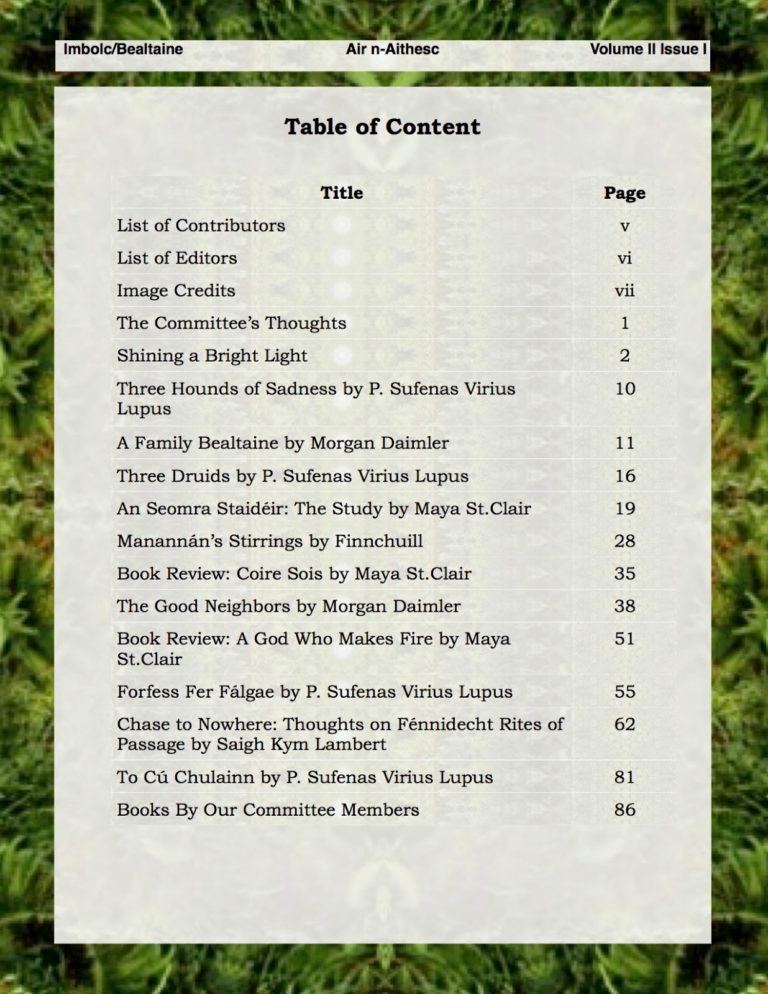
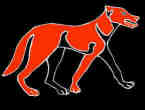 The next issue should be out at Imbolc, in just a few weeks. I will try to post excerpts in a more timely manner at that point. ~;) Or maybe I’ll even blog something else. ~:p
The next issue should be out at Imbolc, in just a few weeks. I will try to post excerpts in a more timely manner at that point. ~;) Or maybe I’ll even blog something else. ~:p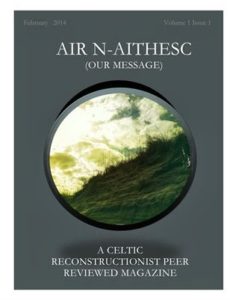
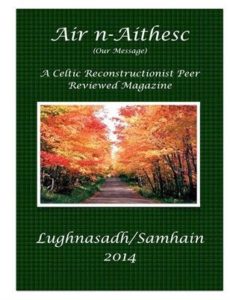
 So taking Maya St.Clair’s, who blogs as
So taking Maya St.Clair’s, who blogs as